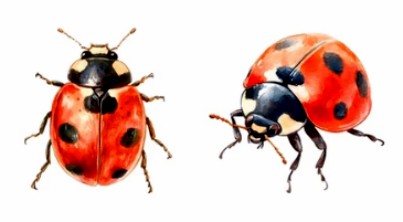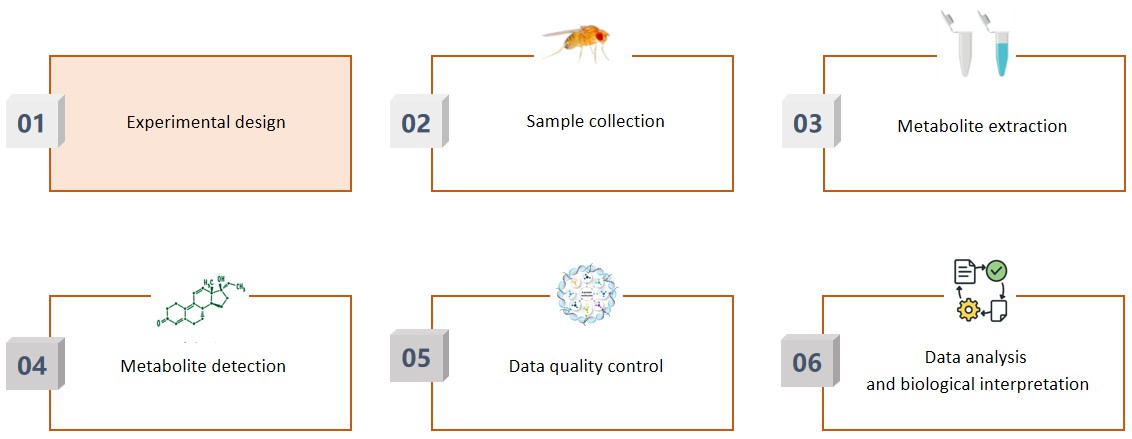Untargeted metabolomics is a metabolomics approach that simultaneously detects and analyzes all small-molecule metabolites without bias. It is used to detect and quantify the overall metabolic information of biological samples, group samples under different treatments or physiological states, and identify differential metabolites between groups through untargeted metabolomics methods, which are then utilized for subsequent studies on physiological mechanisms. Lifeasible specializes in the field of insect research. The insect untargeted metabolomics services we provide offer researchers a crucial tool for delving into insect metabolic mechanisms, helping them gain a deeper understanding of insect life processes and providing new insights and methodologies for entomological research and applications.

We have years of experience in providing services in non-targeted metabolomics for insects. By utilizing LC-MS, GC-MS, and NMR technologies, we can objectively detect the dynamic changes in all small-molecule metabolites in insect cells, tissues, organs, or organisms before and after stimulation or disturbance. Through bioinformatics analysis, we screen for differentially expressed metabolites, perform pathway analysis on these metabolites, and reveal the physiological mechanisms underlying their changes. We are committed to providing our customers with high-quality non-targeted metabolomics services for insects, including but not limited to the following services. Please contact us if you would like to learn more.
We support various types of insect biological samples, such as whole insects, organs, hemolymph, or body fluids. We combine NMR with LC-MS or GC-MS to ensure precise detection even under low biomass conditions. Therefore, we can process samples with extremely low quantities (e.g., a single micro-insect).
We use multiple platforms, including GC-MS, LC-MS, NMR, etc. Our technical platform can cover polar and non-polar metabolites. In addition, we combine high-resolution mass spectrometry databases for information processing and annotation. Furthermore, we provide high-quality QC processes, reference standard calibration, and internal standard control to ensure accurate quantification and high repeatability.
We perform multivariate statistical analysis on the detected data to extract differential features. Through KEGG and metabolic pathway enrichment analysis, we interpret biological significance and metabolic networks.
We provide a list of differential metabolites, visualize key pathways affected by the changes, and offer comparative analysis between control and treatment groups, incorporating statistical significance, annotation levels, and potential biological functions.
 Fig.2 Our experimental process. (Lifeasible)
Fig.2 Our experimental process. (Lifeasible)
Lifeasible's insect non-targeted metabolomics service covers the entire process from sample processing, data collection, and analysis to result interpretation and validation recommendations. This service plays a crucial role in advancing insect research from scientific exploration to industrial applications. If you are interested, please feel free to contact us.